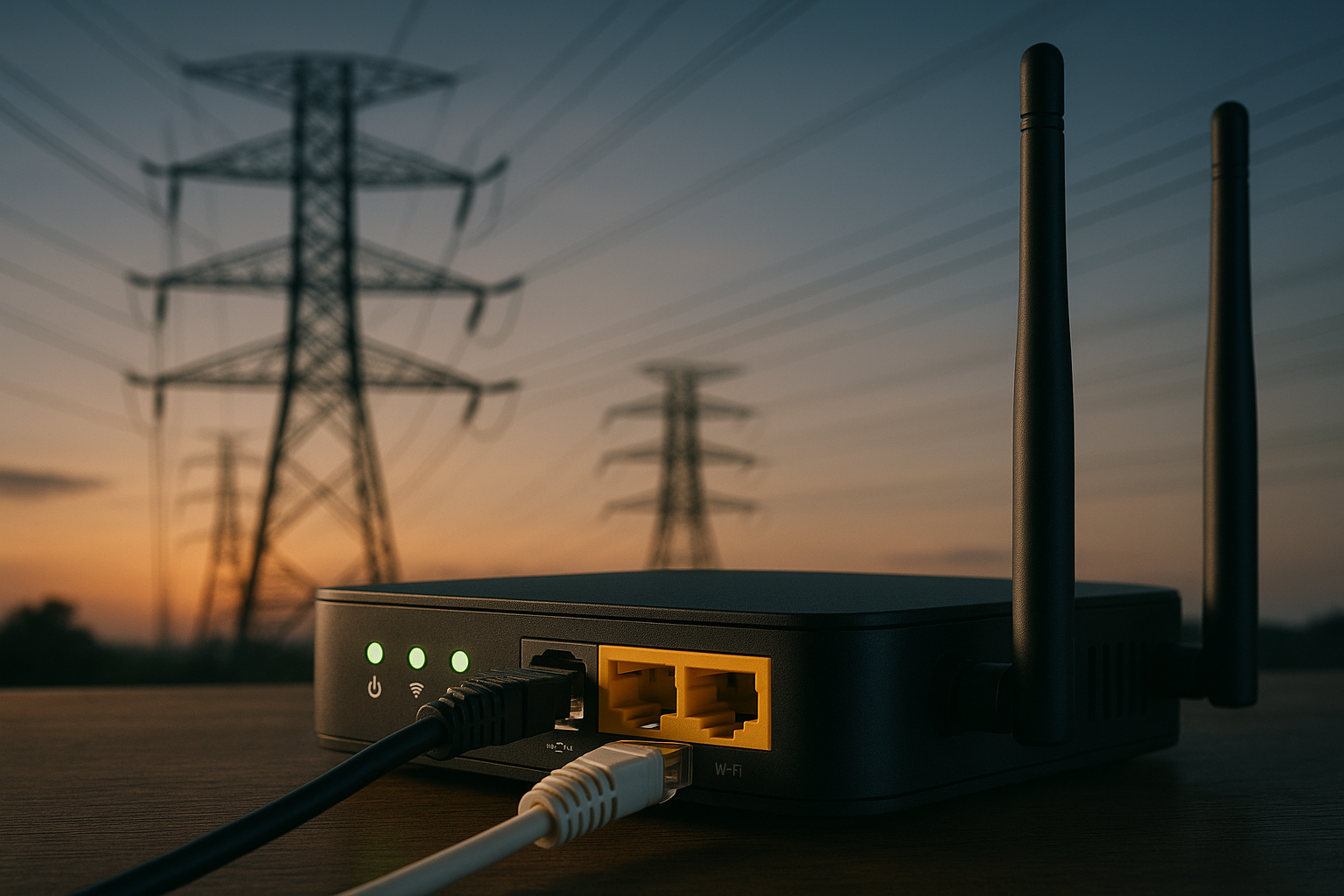Energy-efficient approaches to network infrastructure upgrades
Upgrading network infrastructure presents an opportunity to reduce energy use while improving reliability. This article outlines practical, technology-aware approaches that network planners and operators can adopt to lower power consumption across broadband access, core networks, and wireless systems, without compromising performance.

Upgrading network infrastructure offers a chance to improve performance while reducing energy consumption across access, transport, and edge layers. Energy-efficient upgrades balance hardware choices, topology changes, and operational practices to deliver better connectivity for users and reduced operating costs for providers. This article covers practical approaches involving fiber, wireless, and satellite links, examines equipment and design choices such as routers and mesh architectures, and highlights considerations for latency, streaming demand, and security that influence the overall energy profile.
How can fiber and broadband reduce energy use?
Shifting traffic from electrically-intensive copper or legacy DSL lines to fiber-optic broadband can reduce the energy per bit carried across access networks. Fiber transceivers and passive optical network elements often consume less power per unit of capacity than older copper systems, and higher-capacity links can aggregate traffic more efficiently. When planning upgrades, consider fiber-to-the-premises for high-density areas and hybrid fiber deployments where full fiber is not yet feasible. Optimizing wavelength division multiplexing and consolidating active electronics at centralized nodes can also lower distributed power needs while maintaining connectivity and service reliability.
Are satellite and cellular solutions energy-efficient?
Satellite and cellular (mobile) technologies each have different energy trade-offs. Geostationary and low-Earth orbit satellites can extend connectivity where terrestrial fiber is impractical, but satellite ground stations and user terminals may have higher per-user power footprints depending on link budgets and modulation schemes. Cellular upgrades toward more efficient radio access networks, including newer base station hardware and sleep modes for small cells, can reduce energy use in mobile networks. Assessing energy per gigabyte delivered and optimizing antenna siting, power amplifiers, and backhaul choices helps determine the most efficient blend of satellite, mobile, and fixed access for a given area.
What role do routers, mesh, and wireless design play?
Routers and wireless access points are central to energy use in many networks. Modern routers with energy-aware silicon, dynamic frequency scaling, and power-saving modes can cut consumption during low traffic periods. Mesh and wireless mesh topologies can reduce the need for long-distance powered backhaul by using multiple short, low-power hops; however, mesh nodes must be designed to minimize repeated retransmissions and interference. Properly tuning wireless channels, reducing unnecessary broadcast traffic, and right-sizing router capacity to actual bandwidth needs all contribute to lower power draw while preserving throughput and quality of service.
How does infrastructure, peering, and backbone design affect latency?
Backbone and peering decisions influence both latency and the energy profile of data transit. Direct peering and localized edge points of presence reduce round-trip distances and can enable lower-power, lower-latency delivery for latency-sensitive applications like gaming and real-time streaming. Consolidating traffic on efficient, high-capacity fiber trunks rather than many fragmented routes can reduce redundant processing and lower per-bit energy. When designing backbone upgrades, factor in the trade-off between additional edge nodes (which increase local energy use) versus longer transport paths that increase latency and network element utilization.
How to support streaming and bandwidth-sensitive services sustainably?
Streaming and high-bandwidth applications drive peak demand and influence where capacity upgrades are needed. Caching popular content at edge nodes reduces repeated long-haul transfers and lowers aggregate energy per stream. Implementing adaptive bitrate streaming and traffic shaping reduces wasted transmission of higher-quality streams when bandwidth or device capabilities cannot support them. Network planning should match capacity upgrades to observed traffic patterns, balancing increased bandwidth provision against opportunities to optimize content distribution to reduce energy-intensive transit and maintain acceptable latency for end users.
How to balance security with energy-efficient upgrades?
Security mechanisms such as encryption, deep packet inspection, and firewall processing add compute workloads that increase energy consumption. Choosing hardware that supports efficient, hardware-accelerated encryption and performing security functions at appropriate network layers can reduce overhead. Segmenting security duties—placing heavy inspection where traffic converges and lighter controls at the edge—helps maintain protection without duplicative processing. Regular configuration audits that remove unnecessary logging or inspection on low-risk paths avoid excess CPU use while preserving a secure connectivity environment.
Upgrades to network infrastructure can achieve meaningful energy savings when they combine hardware modernization, topology optimization, and operational efficiency. Thoughtful deployment of fiber and high-efficiency routers, selective use of satellite and cellular connections, mesh and wireless tuning, peering and backbone adjustments, caching strategies for streaming, and efficient security architectures all contribute to a lower-energy, lower-latency network. These approaches help operators and planners deliver robust connectivity while reducing the environmental and operational costs of digital infrastructure.





